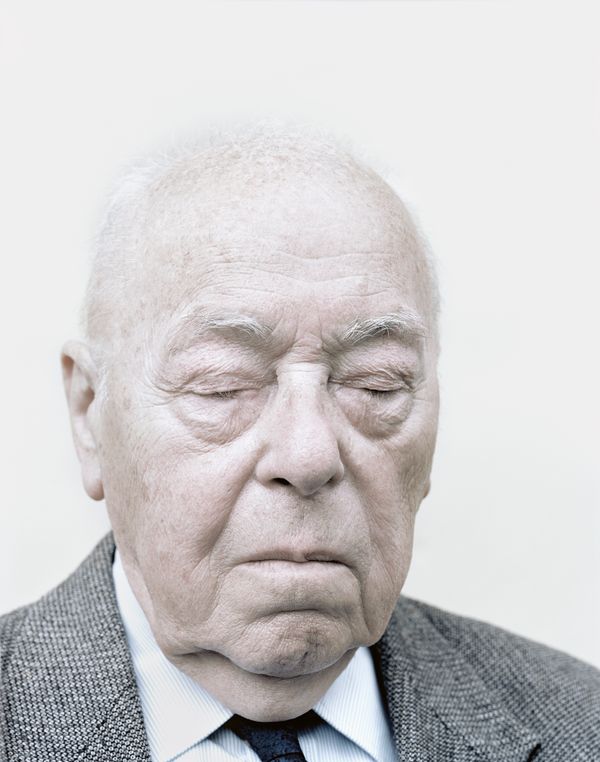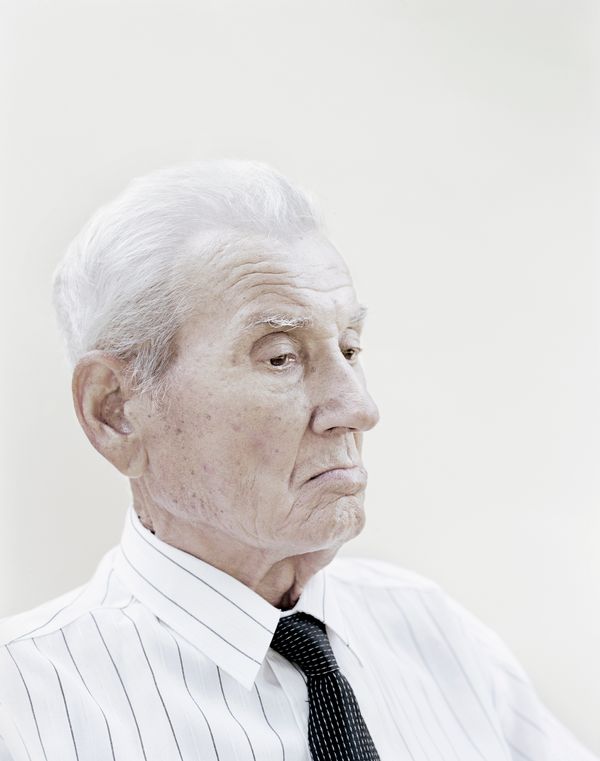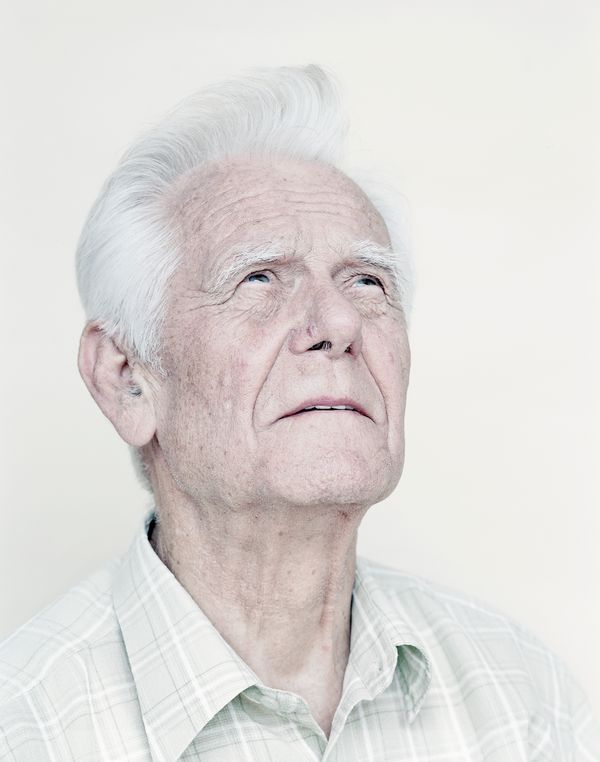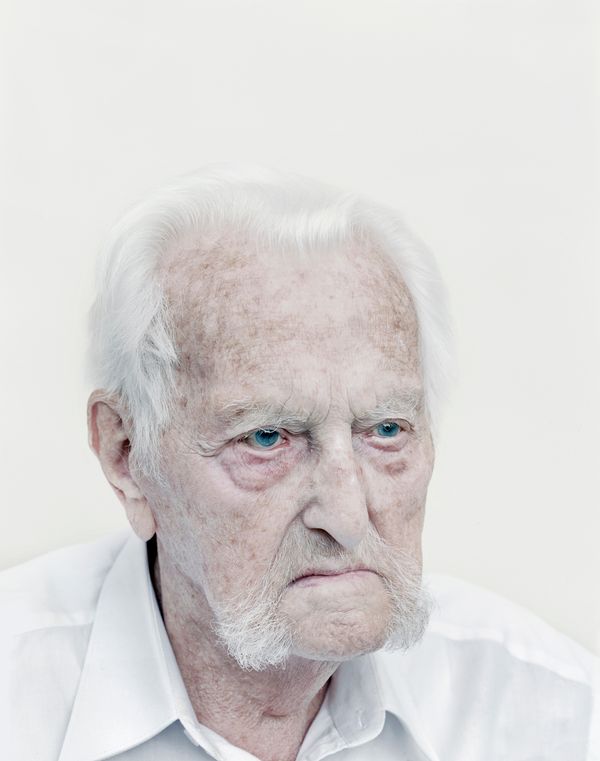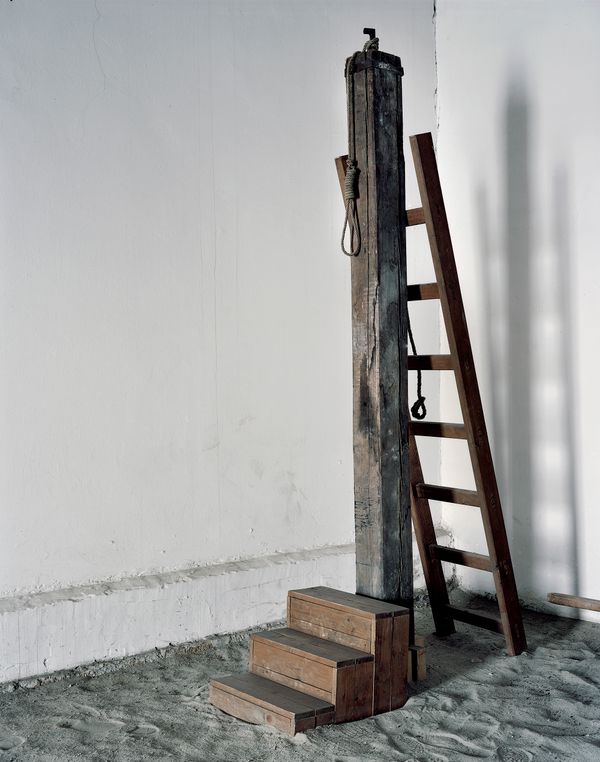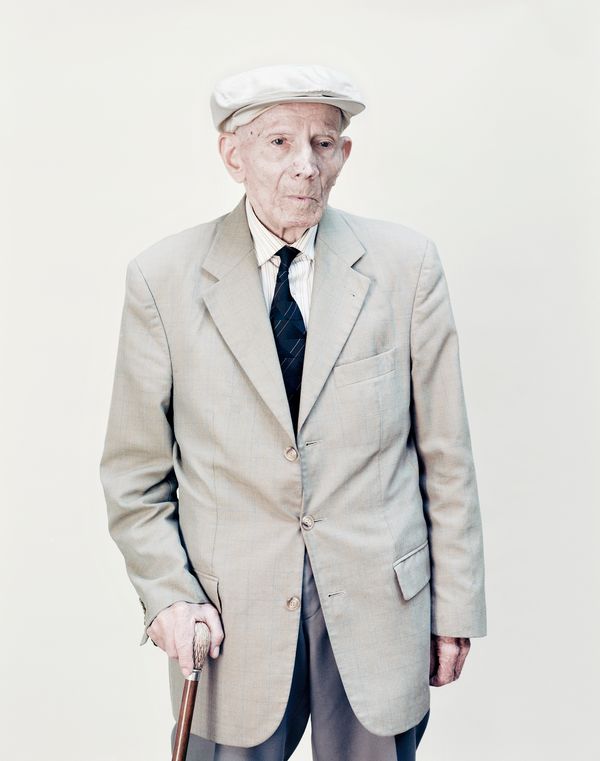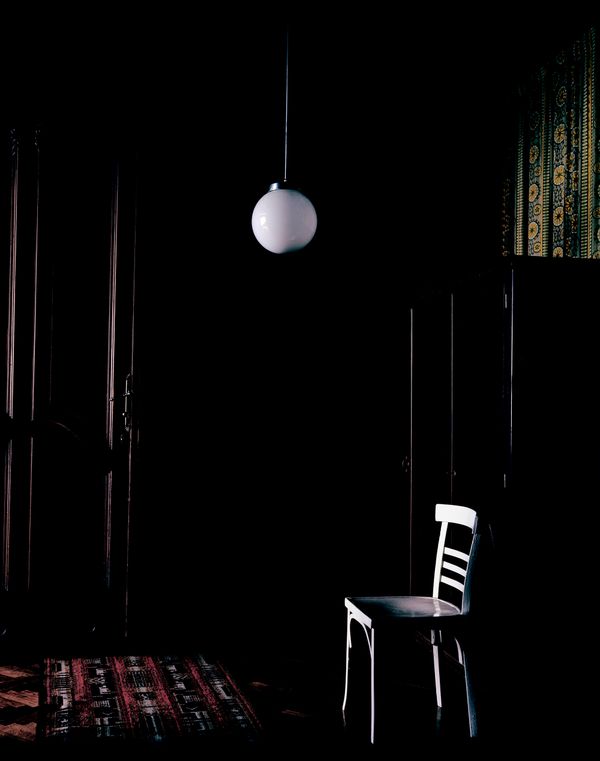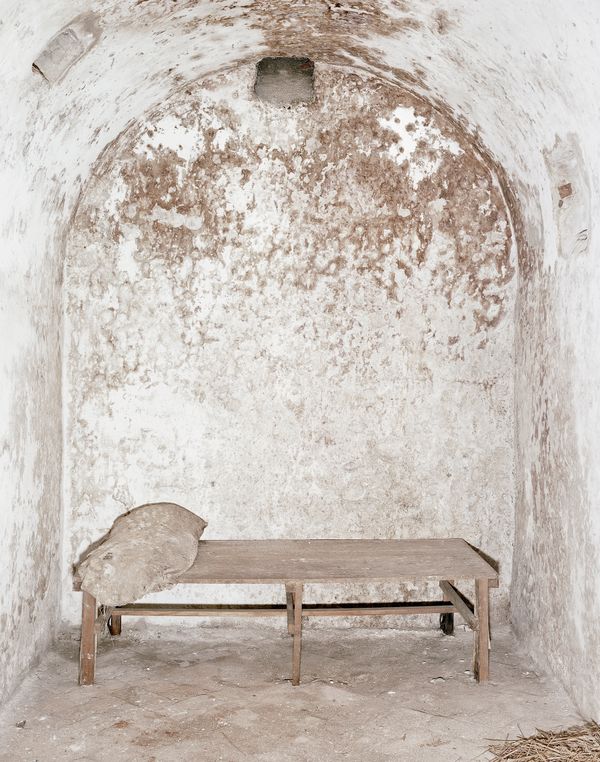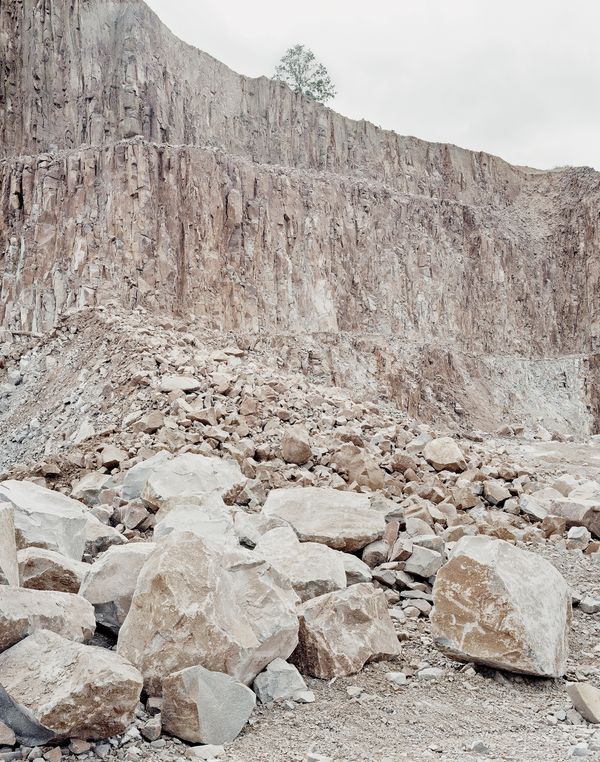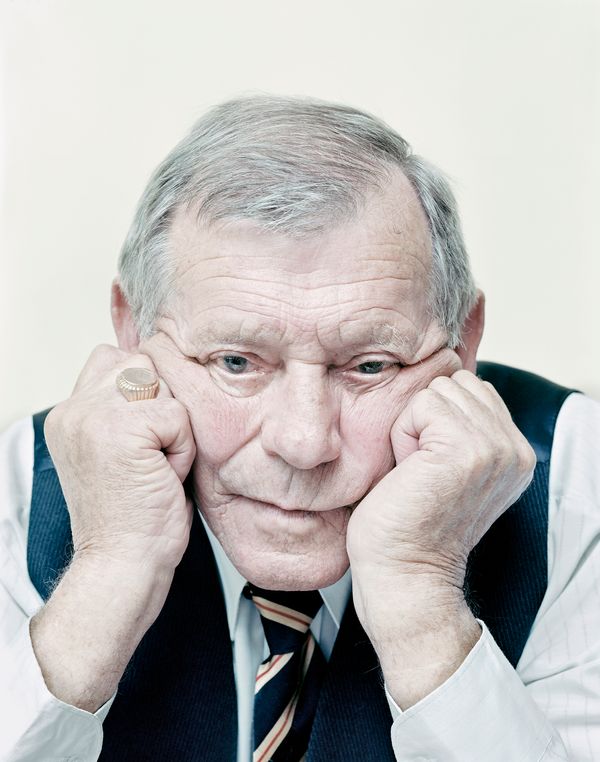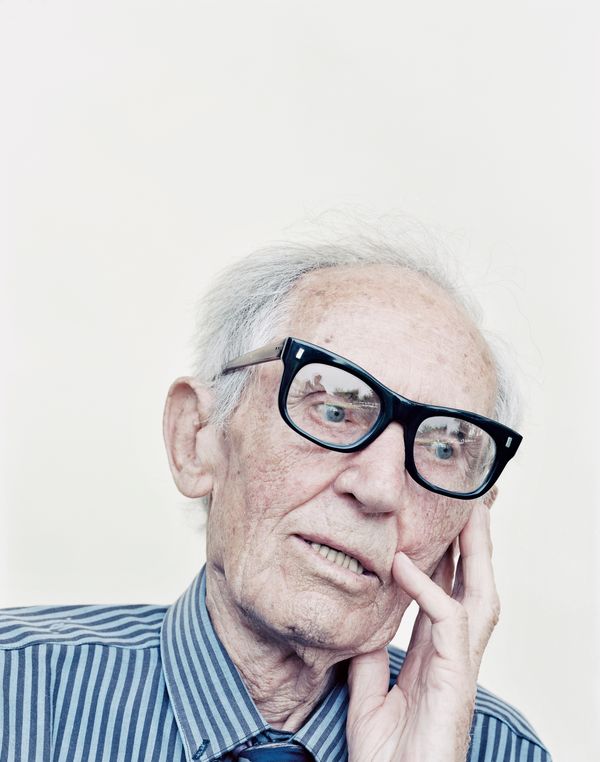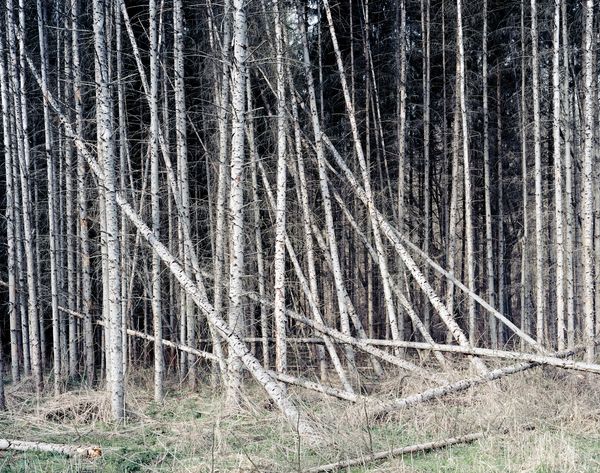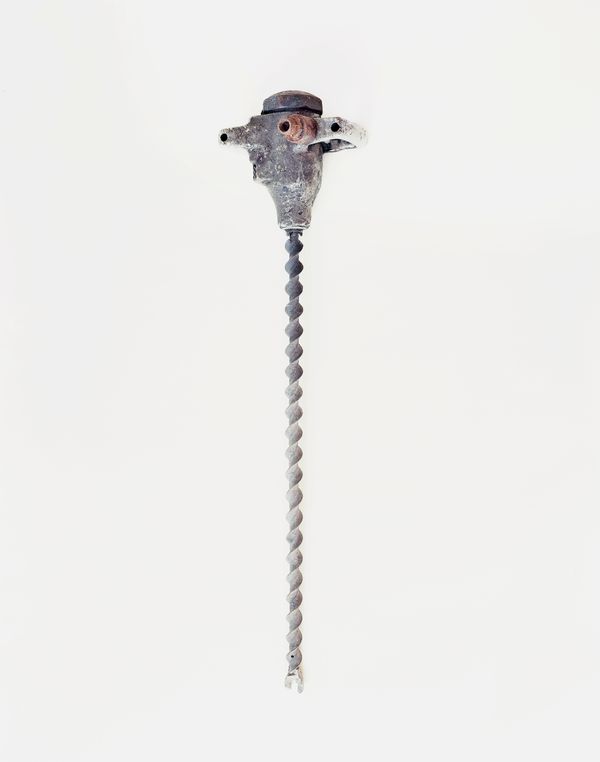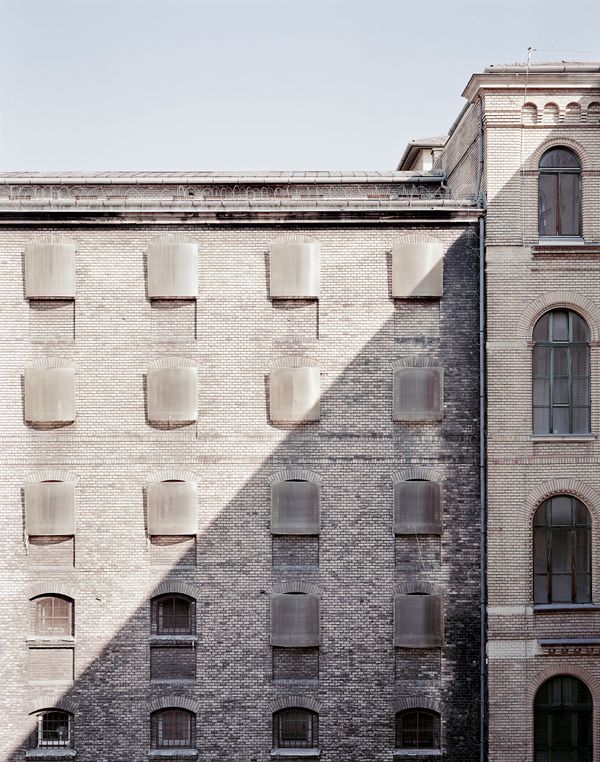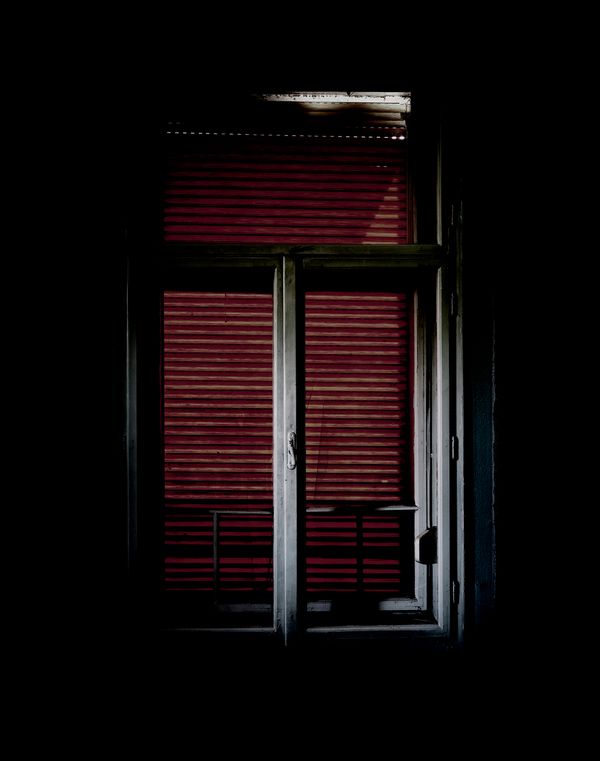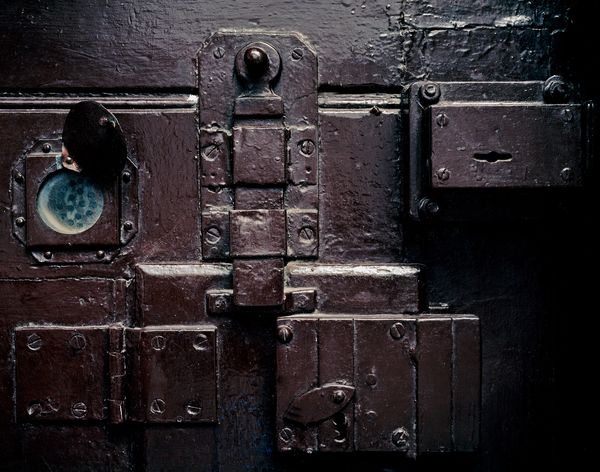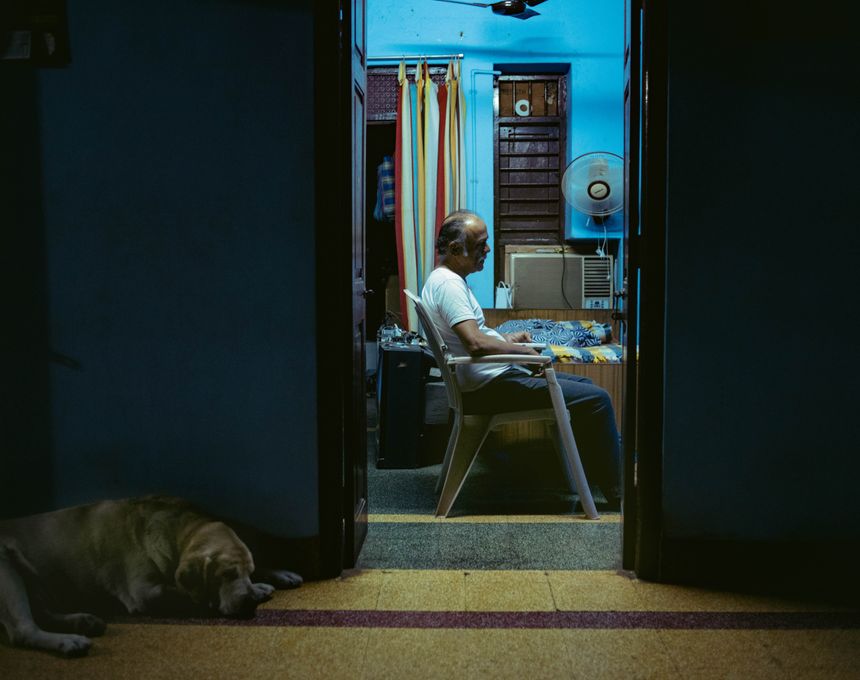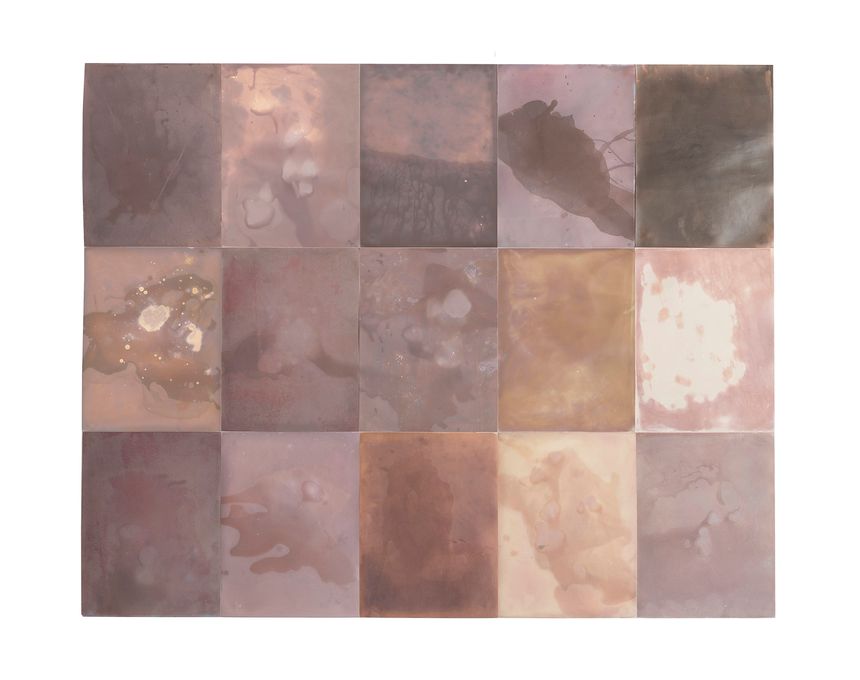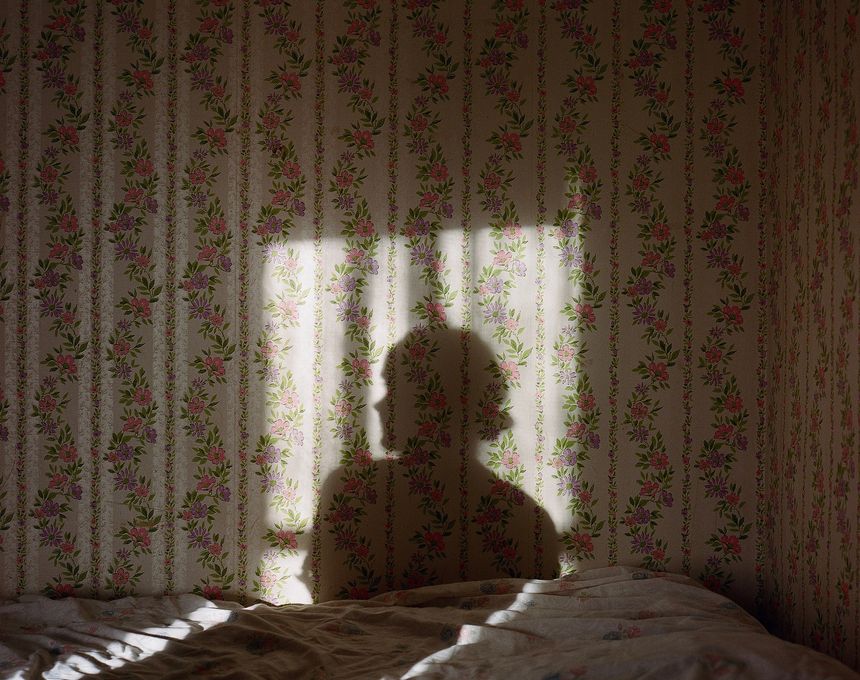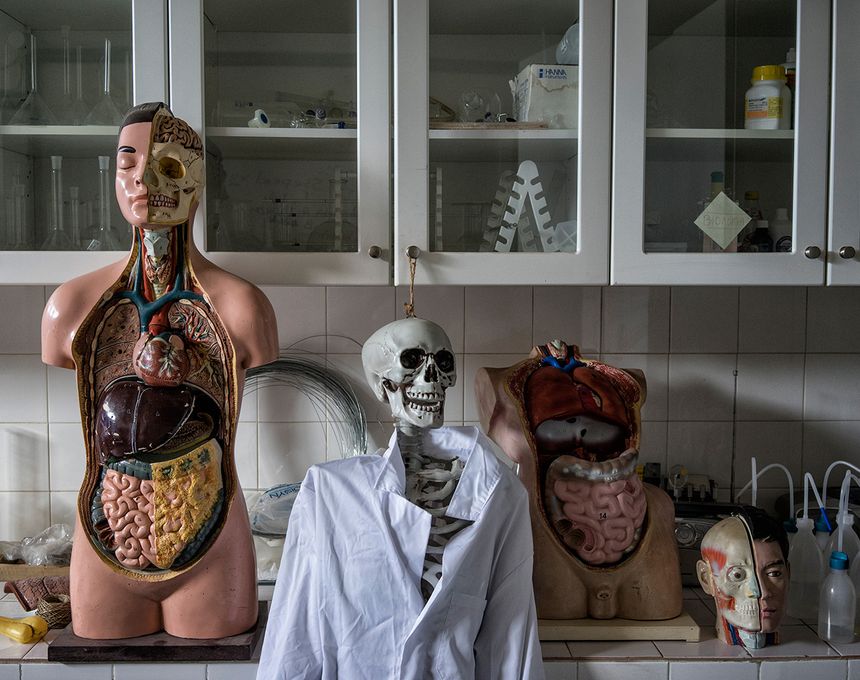An Infernal Play
-
Dates2016 - Ongoing
-
Author
- Location Hungary, Hungary
In 1945 in Hungary, Mátyás Rákosi the leader of the Hungarian Communist Party, following the Soviet example, introduced a new Stalinist dictatorship in which human rights were severely violated. He established the State Protection Security (AVH) which was the secret police of Hungary from 1945. It was responsible for much cruelty, brutality and many political purges. As a result of show trials, several hundred thousands of political convicts were sent to forced labor camps, were imprisoned and hundreds were executed based on fictional charges. In most cases the charges consisted in supplying data to western powers and secretly organizing a revolt against the people’s power.
Having found the memoirs of the political prisoners a very dreadful and unknown world opened up for me and made me realize how little and superficial my knowledge is about this historical era. I decided to start a visual collection to shed light on a segment of what was happening during these obscure years that is unknown to many but still significant: the world of prisons in Hungary. I have identified the timeline to be examined from the opening of the first labor camps in 1945 to 1963, the amnesty. This world is disappearing unnoticed with the last old surviving witnesses and the historically important scenes.This is the time to record what happened in the past for the next generations, because it will not be possible to do this in 3-4 years.
My work is about these scenes and the old survivors who have been to the darkest prisons, labor camps of the dictatorship.There is a time pressure for my work as there are fewer and fewer former prisoners who are still alive. They live privately, hidden from publicity, carrying this heavy historical burden for which they no time left in their lives to process and still haven't received proper moral or financial compensation for their sufferings. I have made long interviews with them which have significantly changed my personal approach to the 20th century history of Hungary.
The places themselves also continuously disappear or change their function but they will be holding the remembrance of the physical and mental suffering of thousands for a long time. The years survived there cannot be fully represented by photographs, yet I will try to bring forward some of the memories of the prisoners evoking the characteristics of the era. Naturally while visiting these places I am also overwhelmed by a strangling feeling thinking how I would have reacted to the horrors and the imprisonment. Defining physical and mental freedom was already an important aspect in my previous work, even if in a completely different context. Now I am trying to explore the limits of tolerance of the human mind and the automatization of the survival instinct through the tools of photography.
My grandmother often told me a frightening story when I was a child, the gravity of which I only came to understand as an adult. When she was a young woman, during the years of dictatorship, my grandfather narrowly escaped getting lost in the maze of the criminal justice system, since an officer of the State Protection Authority started courting my grandmother; my grandfather became an obstacle. The officer made an offer to my grandmother, that should she choose, he could get rid of my grandfather so that no one would ever find him. If that were to happen, I might not have been able to start my work, either.
